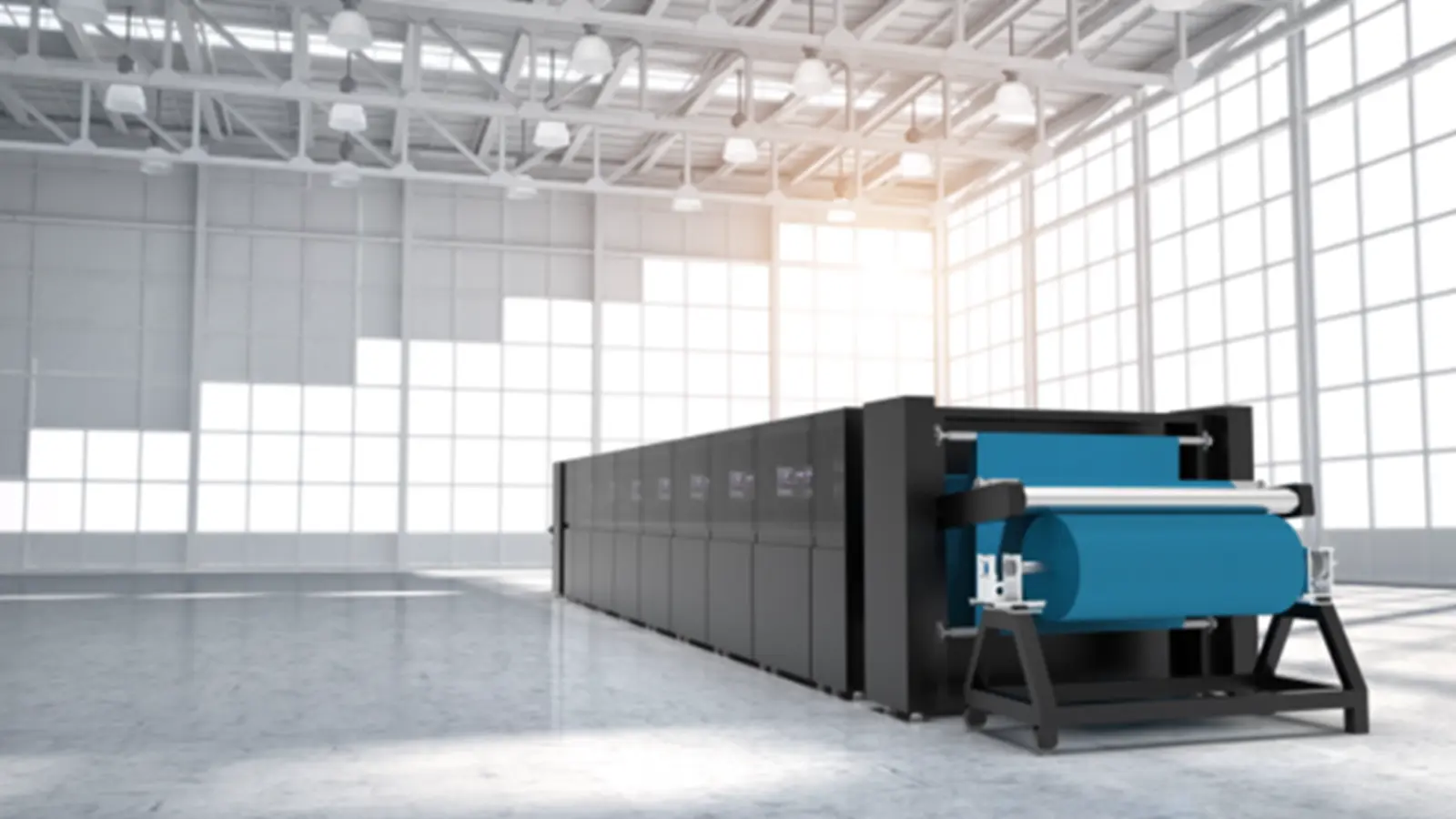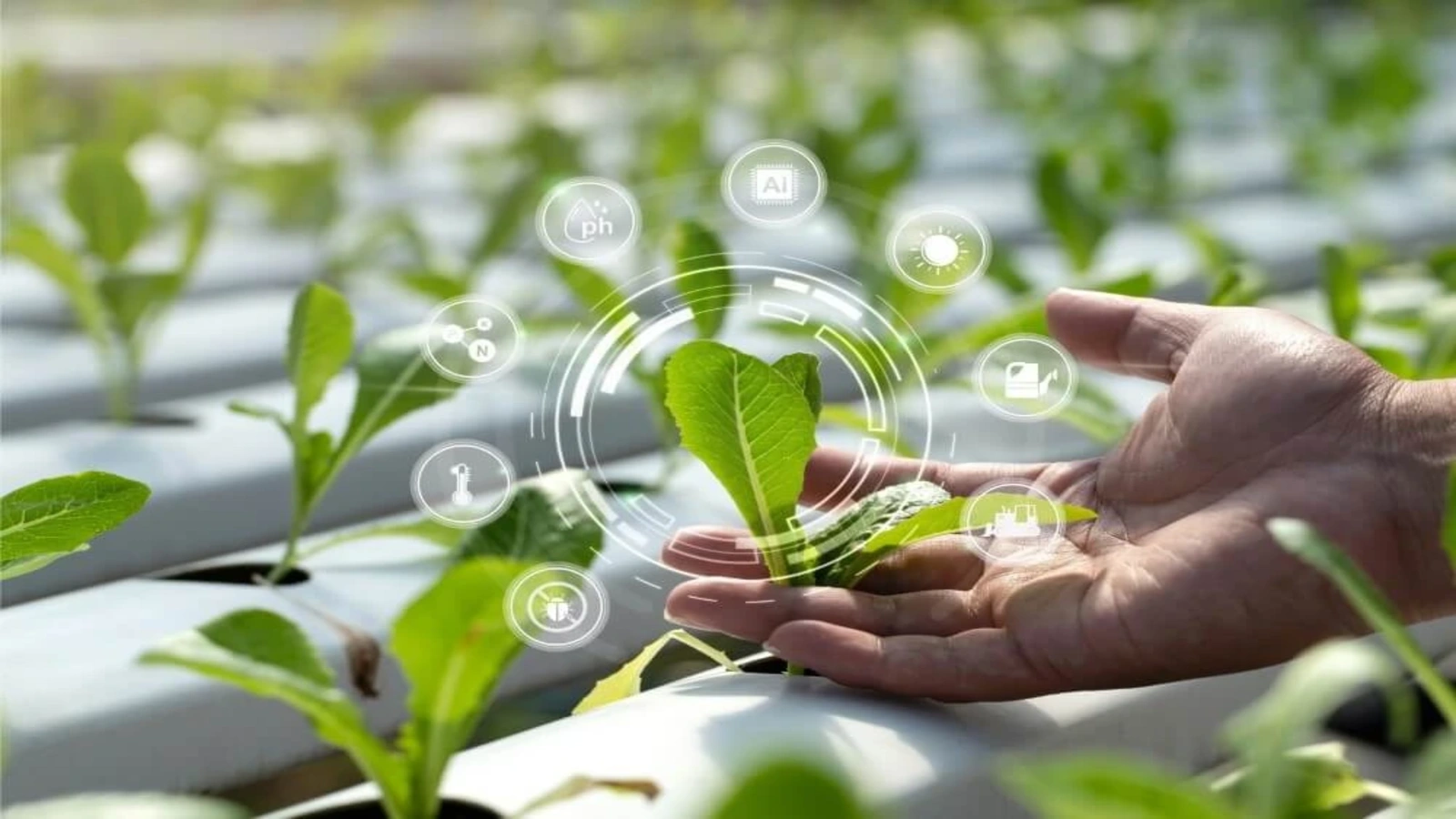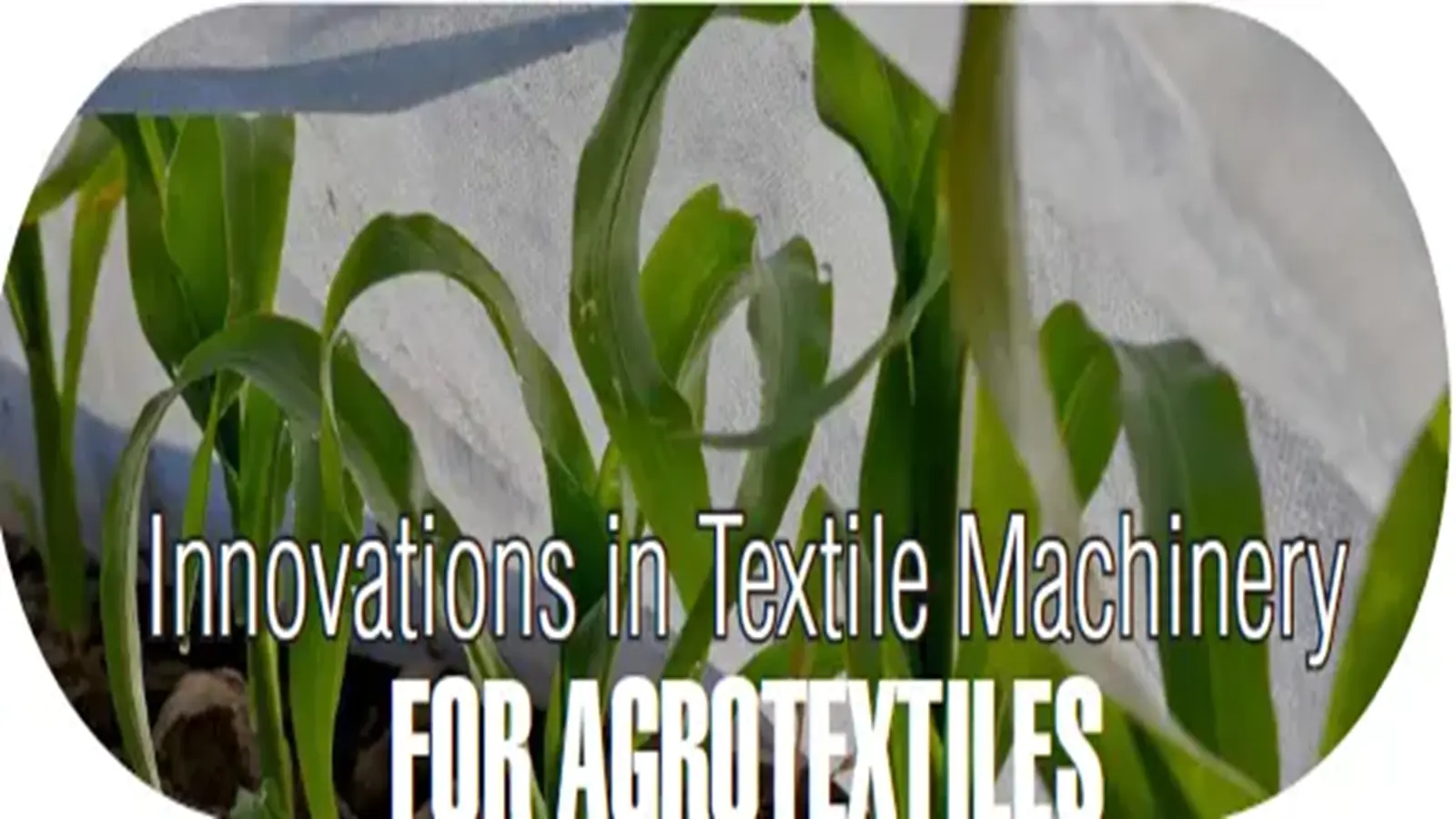Needle Punching: The Trützschler Way
Share Post
Trützschler is a globally renowned company specializing in the manufacturing of machinery and systems for the textile industry. Established in 1888, it has a long history of innovation and excellence. Trützschler Core Business Areas primarily operates in the Spinning, Nonwovens, Card Clothing and Man-Made Fibers. The company is committed to research and development, constantly introducing new technologies and improving existing ones. Their focus on quality ensures that their machines deliver high performance and efficiency. Trützschler is a key player in the textile industry, providing cutting-edge machinery and solutions to enhance production processes and product quality.
Production Process and Efficiency:
How does Trützschler optimize the needle-punching process for geotextile production?
The T-SUPREMA concept optimizes process stability, production performance, and product quality without sacrificing one for another.
A consistent material flow serves as the foundation for a homogeneous geotextile. Various control and regulation systems monitor and optimize the material transport units, from our T-BLEND fiber preparation system to the roller card, crosslapper, and needlelooms.
In our perspective, the card plays a pivotal role in the entire production system. Therefore, Trützschler Nonwovens invested significant effort in developing a robust carding process for perfect fiber blending, a web forming configuration that ensures a homogeneous, as wide as possible web, and a “Clean Concept” to maintain high uptime.
Another crucial component of T-SUPREMA is our partner Texnology’s patented needleloom technology, which utilizes frictionless modules to minimize vibrations in the machine body and guarantee a long service life.More detailed information can be found below.
What are the key factors that contribute to efficient production rates?
T-SUPREMA represents cutting-edge technology with the following features:
- All machines incorporate a “Clean Concept” (details explained below) to minimize downtime.
- Sophisticated control systems automatically regulate material flow, web weight, and other product and process parameters.
- Drives and motors are carefully selected to reduce energy consumption in the needleloom and card.
- T-ONE, our digital working environment, is an integral part of the T-SUPREMA concept. It allows constantly optimizing production performance in terms of nonwovens quality and resource efficiency.
Can you elaborate on the machinery and line concepts specifically designed for geotextile applications?
T-SUPREMA represents an outstanding line concept for producing fiber-based geotextiles from man-made, natural, or even recycled fibers. The versatile range of geotextiles, spanning from below 100 gsm up to 3,000 gsm, is addressed through various line configurations.
For geotextiles, we recommend configurations with a working width of 6 meters or higher. These T-SUPREMA systems incorporate Trützschler’s bale opener, blending bin, and NC multi-purpose card. Our partner, Texnology, supplies the crosslapper equipped with an automatic web weight regulation (profiling system), along with the optional web drafter, various needlelooms and a felt drafter.
Additionally, trusted partners provide optional components such as a stenter, calender, scanner, and winder.
Innovations and Technology:
What recent innovations has Trützschler introduced in needle-punching technology for geotextiles?
T-SUPREMA stands out as the most flexible needle-punching technology in the market. A single line can produce lightweight and heavyweight nonwovens, ranging from 30 grams per square meter (gsm) to over 2,000 gsm.
While this flexibility might not be the primary concern in geotextile production, a significant advantage lies in the ease of changing line settings. Preparing all the machines in the line to transition from one product to a completely different one takes just 60 minutes.
Are there any advancements in needleloom design or web formation that enhance product quality and performance?
Needlelooms by Texnology srl excel in terms of machine technology and ease of handling:
- Texnology’s ingenious crankshaft design operates with minimal friction and translates its cyclical rotation into precise vertical movement of the needleboard. No coupling arms or linear guides are necessary, significantly reducing wear and tear throughout the system. The result is less vibration, reduced noise, and significantly lower maintenance effort and costs compared to other solutions.
- The pre-needleloom’s material inlet design minimizes web shift, allowing for precise and uniform needling.
- Needleloom modules for material inlet and take-out are placed on linear guides, making them easy to separate from the body for cleaning and maintenance. The guides also facilitate effortless repositioning of the modules.
In the T-SUPREMA system, the needleloom, crosslapper, and card work hand-in-hand. Without the card delivering a superior web, achieving top-quality nonwovens would be unthinkable.
How does Trützschler ensure consistent and high-quality nonwoven output during the production process?
Fiber preparation, card feeding, and crosslapping are seamlessly integrated into various automatic control and regulation systems. Among the most widely recognized systems are the crosslapper’s profiling technologies, such as Trützschler’s CROSSSMASTER and Texnology’sStirovelo, which ensure an even web weight across the working width. However, there’s a lesser-known yet equally crucial system: Trützschler’s proven CONTIFEED to optimize the material flow before the card.
Quality Assurance:
What quality control measures are in place to maintain consistent geotextile quality?
Product quality plays a pivotal role in our customers’ market success. However, the specific quality characteristics vary significantly across different end products. In the context of geotextiles, evenness and tensile strength are of utmost importance. Each square meter of the roll must meet the complete list of desired mechanical properties.
The foundation for achieving these quality standards lies in the supreme web delivered by our NC card. Trützschler roller cards are renowned for their ability to create an unmatched uniform web. The T-SUPREMA NC card and crosslapper consistently produce lightweight webs down to 35 gsm for needle-punching processes, demonstrating their performance. Consequently, delivering a thicker web of several hundred gsm poses no challenge.
For geotextile lines with larger working widths (6 meters and beyond), Texnology’scrosslapper takes the lead. Its sophisticated profiling system ensures an even web weight across the entire working width.
How does Trützschler address variations in fiber types and fineness (e.g., PP, PET, PA, recycled fibers)?
For decades, Trützschler Nonwovens has successfully developed machinery for producing needle-punched, hydroentangled, through-air, and chemically bonded nonwovens. We have extensive experience with various types of fibers: natural fibers, pulp, man-made fibers, recycled materials, bi-component fibers, and even performance fibers like PPS and PTFE.
Our T-BLEND fiber preparation and T-WEB carding and crosslapping systems play a crucial role in generating the appropriate fiber blend, and forming a homogeneous web.
All Trützschler nonwoven production lines feature high-accuracy weighing systems. With a dosing accuracy of +/-1%, we ensure a reliable fiber blend, even when different fiber types constitute only a small percentage (e.g., 2%) of the total blend.
Our roller cards excel in fiber blending. Their high carding power ensures that the resulting web maintains a consistent fiber blend, structure and weight.
Can you share insights on the “Clean Concept” implemented in your machinery to minimize dust formation and downtime?
Broken fibers and dust pose a significant challenge in needle-punching processes. Both Trützschler Nonwovens and our partner Texnology employ the “Clean Concept” to enhance machine uptime, overall process stability, and product quality.
To minimize fiber migration, Trützschler Nonwovens equips transport belts and rollers with sophisticated sealings or employs targeted air streams to prevent fibers from entering the inner machinery. Our roller cards feature enclosures and a high-performing suction system, effectively extracting airborne fibers and dust. Furthermore, all machinery is designed for easy cleaning: flaps provide convenient access to waste containers, and many machine components are movable for routine maintenance.
Texnology’sneedlelooms also embrace the “Clean Concept.” Modules on linear guides simplify cleaning and maintenance procedures. A powerful suction mechanism reliably captures broken fibers and any debris from the needling area.
Resource Efficiency:
How does Trützschler promote resource-efficient production in terms of energy consumption, raw materials, and waste reduction?
In the fiercely competitive nonwovens market, Trützschler Nonwovens provides solutions that enable our customers to produce sustainable products efficiently. Our production lines are meticulously designed to maximize resource utilization—whether it’s fibers, energy, consumables, or personnel—while minimizing waste and effluents.
Here are some key aspects of our approach:
- Fiber Use:
Fibers constitute the highest cost factor in nonwovens production. Our roller cards are engineered to create exceptionally homogeneous and robust webs. As a result, customers often achieve weight reductions (and fiber savings) while still meeting application requirements.
Whenever feasible, we implement systems to reintegrate lost fibers back into the production process.
- Sustainable Raw Materials:
Trützschler Nonwovens is at the forefront of incorporating sustainable pulp into nonwovens production. Paper-grade wood pulps and non-wood pulps, combined with materials like viscose or lyocell, serve as environmentally friendly raw materials for single-use consumer products.
Our Wet-Laid/Spunlacing (WLS) and Carded/Pulp (CP) production lines are used worldwide to create biodegradable nonwovens for flushable wipes, baby products, and body wipes.
- Energy Efficiency:
While energy consumption is less critical in needle-punching processes, it plays a significant role in hydroentangling.Over the decades, we’ve continuously optimized the energy-intensive drying process, adopting new technologies as they emerge. For instance, at last year’s ITMA show, we introduced the vertical MPD dryer—a model that not only enhances energy efficiency but can also operates using sustainable heating sources like hydrogen or biogas.
- T-ONE: Optimizing Resource Consumption:
Our digital working environment, T-ONE, monitors all production-related data, providing full transparency on product and process quality.
Leveraging AI-based algorithms, T-ONE suggests better machine settings to optimize product quality and energy consumption, reduce fiber usage, and enhance process stability.
Are there specific features in your machines that contribute to resource savings during geotextile manufacturing?
Geotextiles often need to meet standardized requirements. Achieving market success hinges on developing a fast, stable production process and delivering consistently high-quality rolls with each order.
Enter T-ONE, our digital working environment. It features a powerful recipe management, energy optimization, and production monitoring module. Geotextile producers benefit from T-ONE by maintaining consistently high product quality and reliable, energy-efficient processes. Users have reported up to a 30% reduction in waste—nonwovens that don’t meet end customer specifications—thanks to T-ONE.
02:47 PM, Aug 16
Other Related Topics






.webp)



















1.jpg)
1.jpg)



